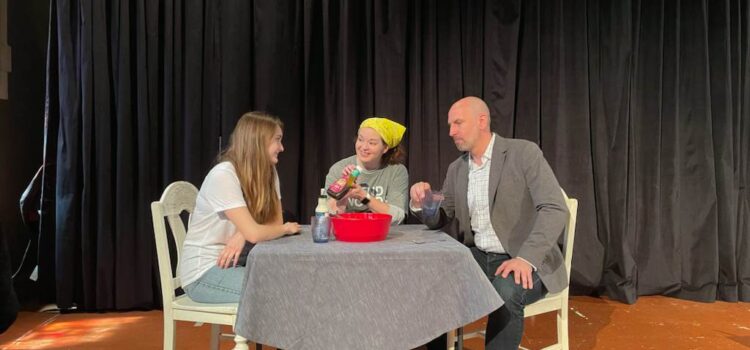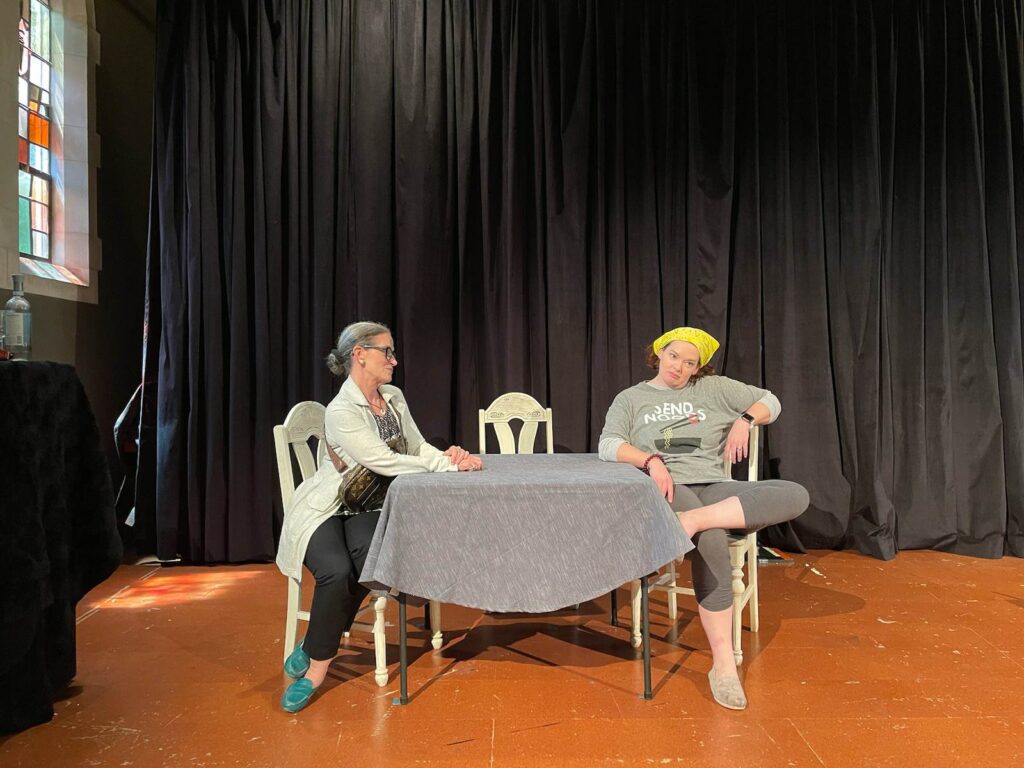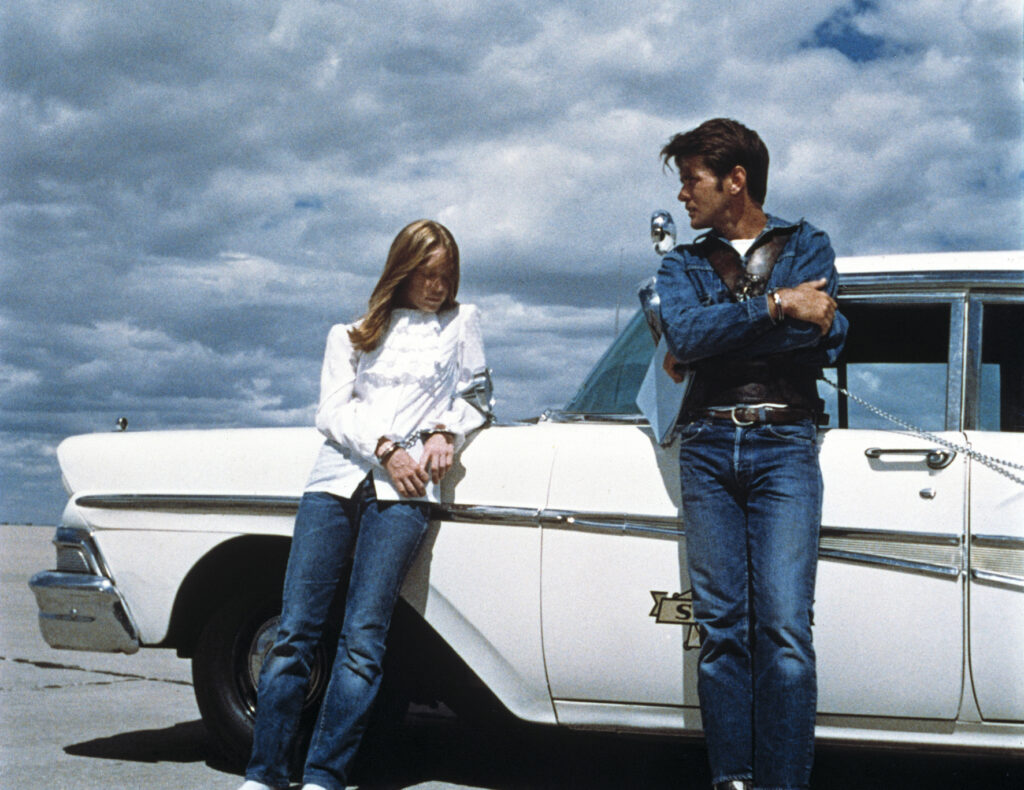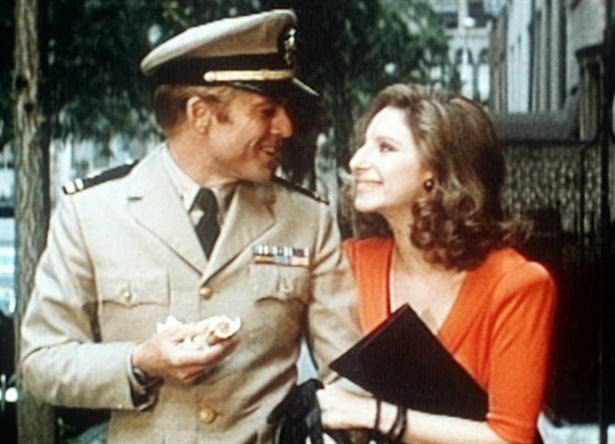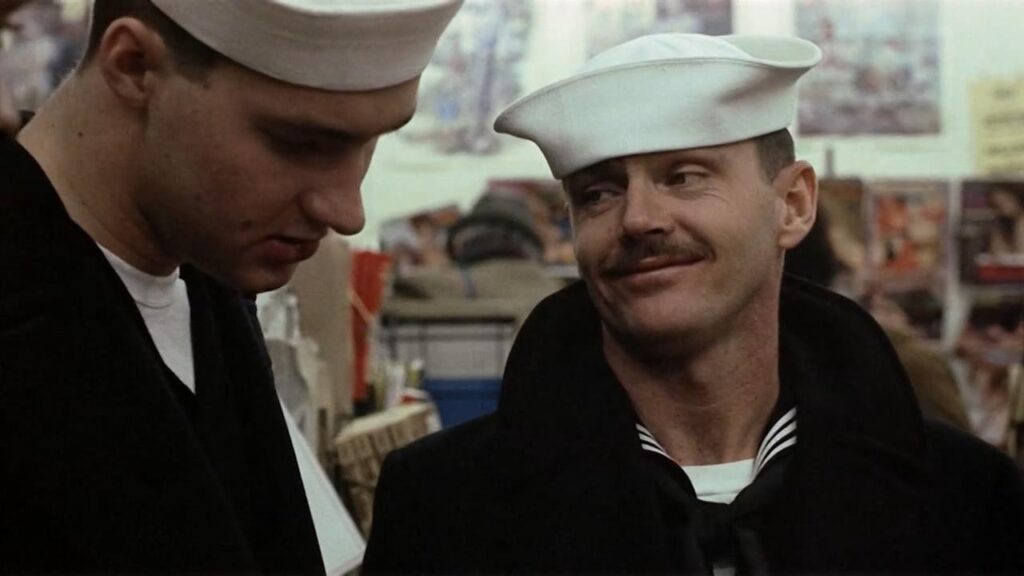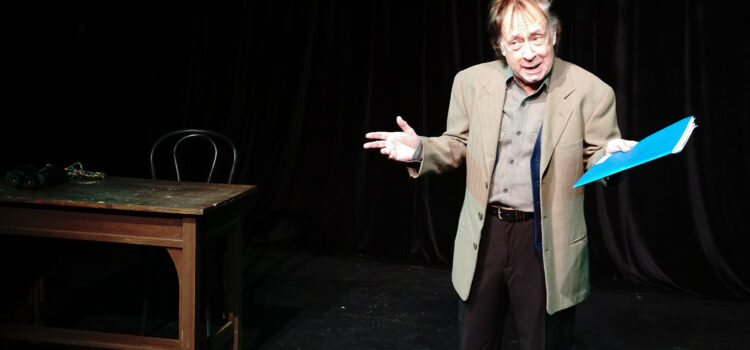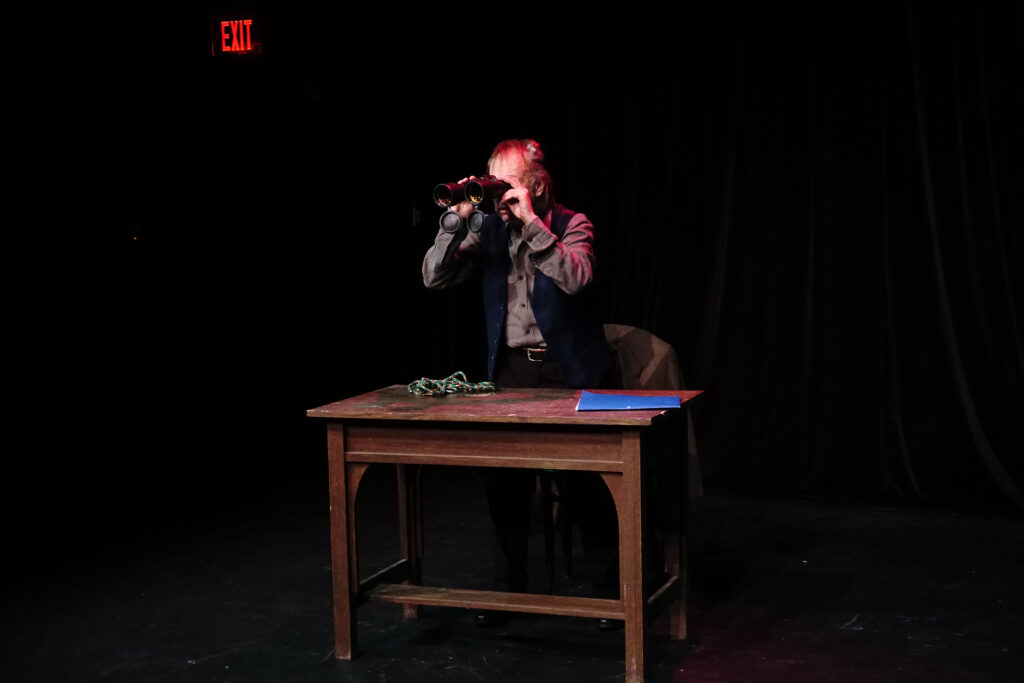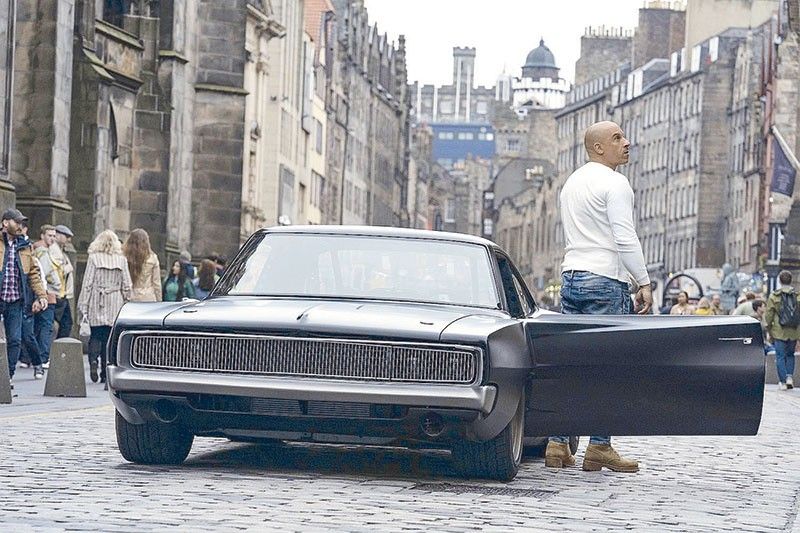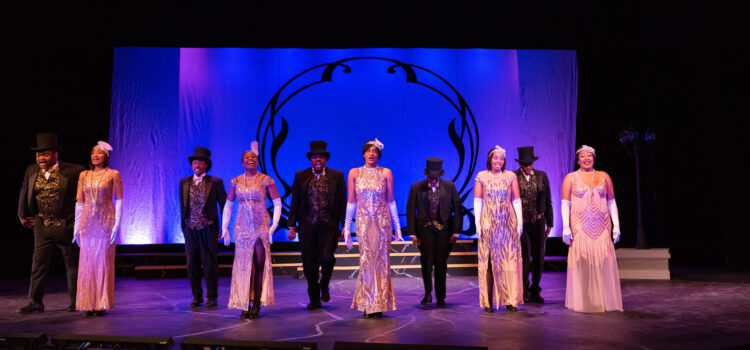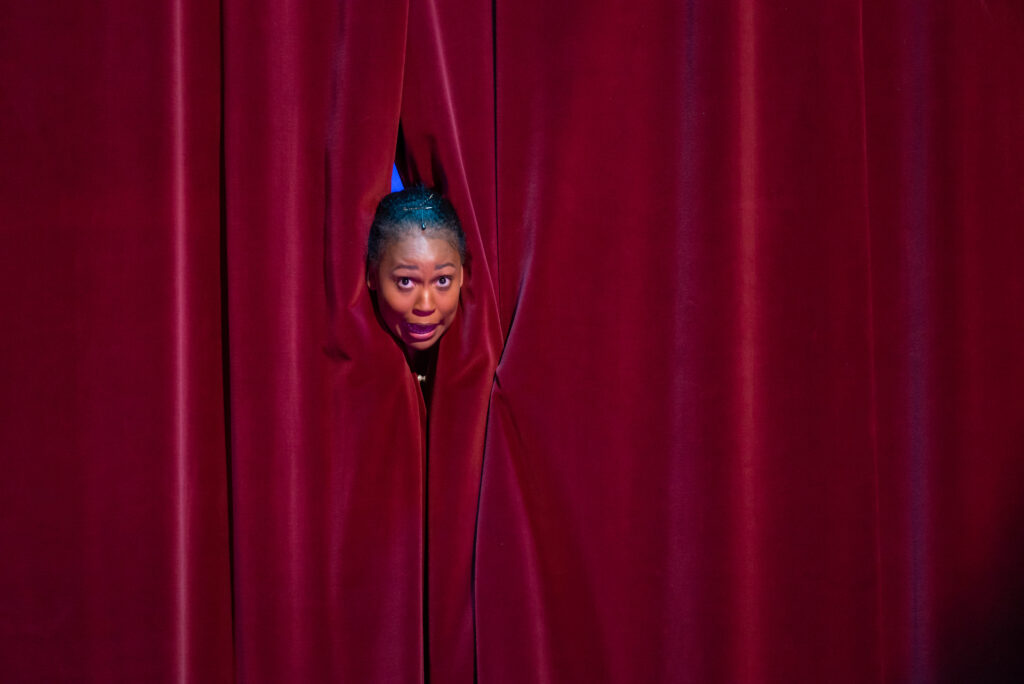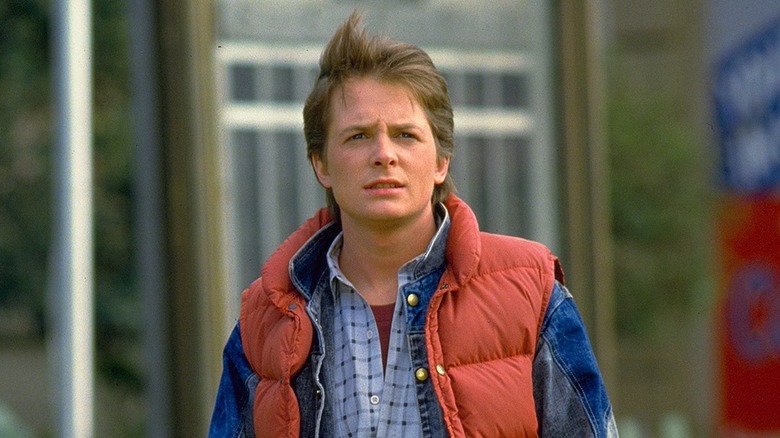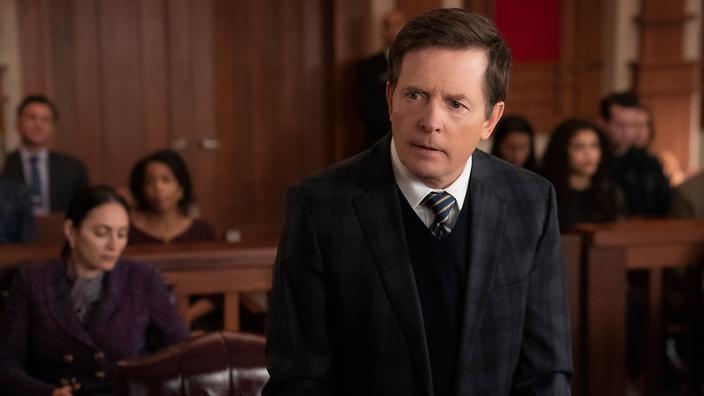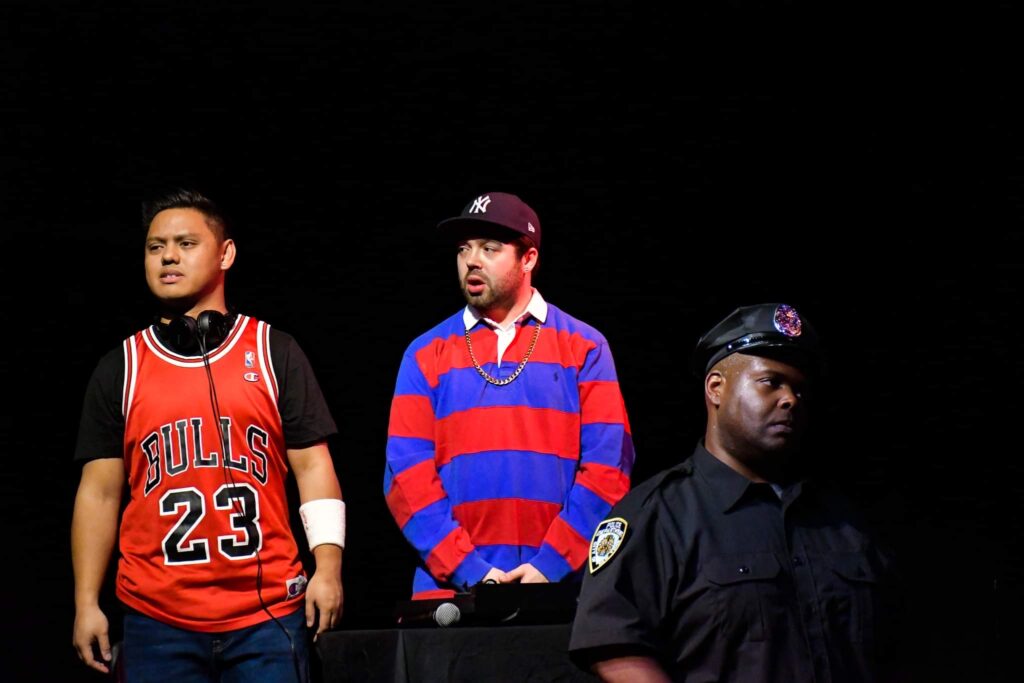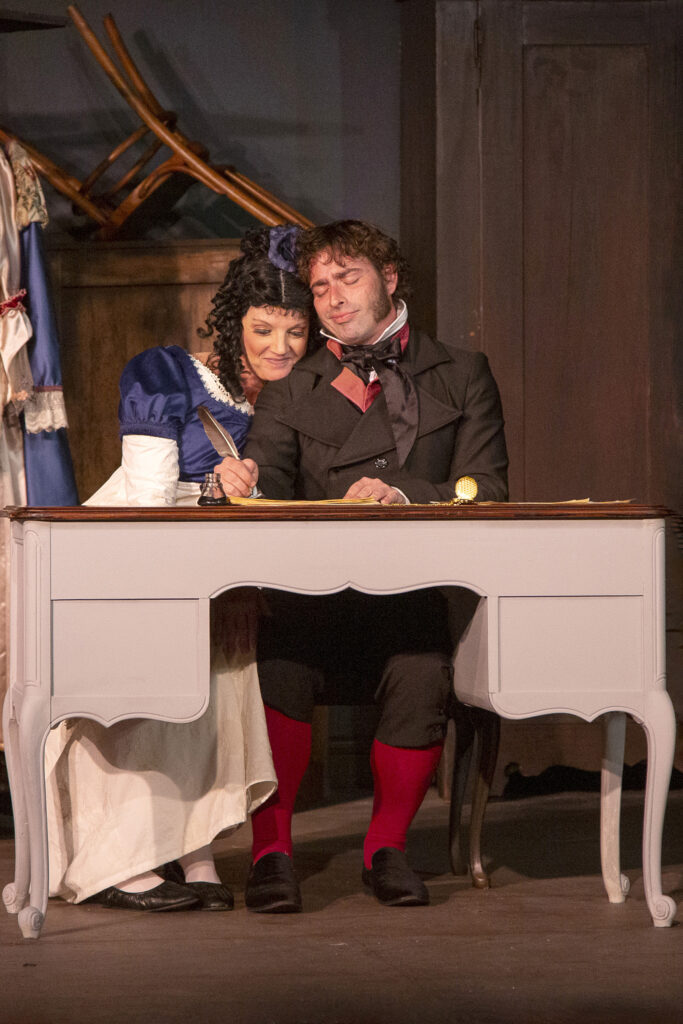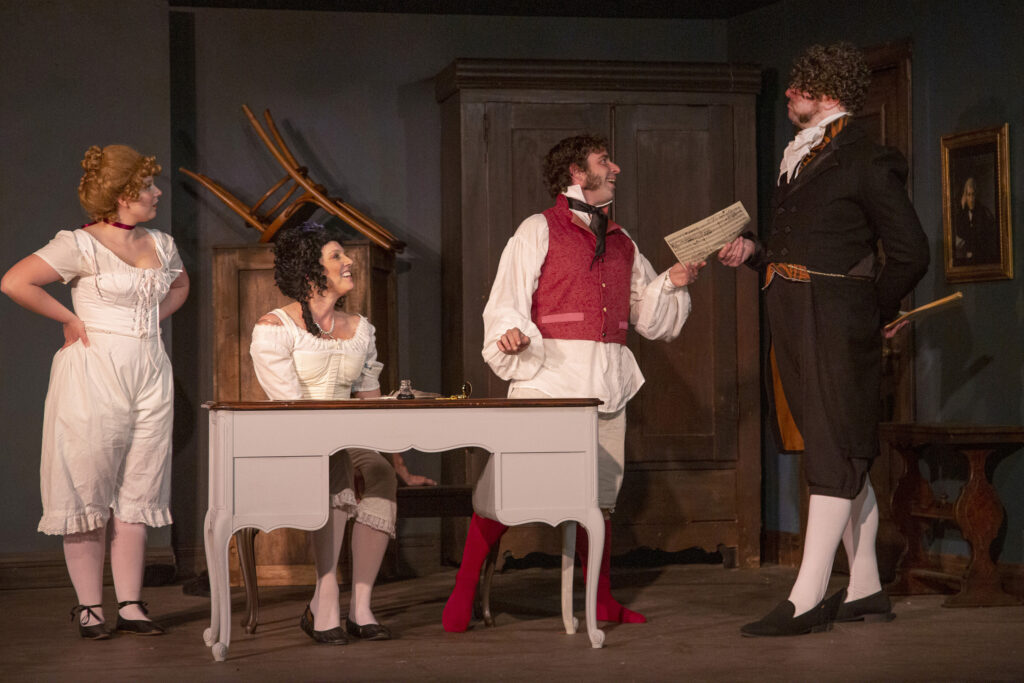By Lynn Venhaus
Pop art, quantum physics and pathos collide in a grand superhero spectacle, resulting in this “Spider-Man: Across the Spider-Verse” sequel being a mind-blowing amalgamation of next-level animation like but surpassing the 2018 original.
In this second installment of an animated film trilogy, Miles Morales (Shameik Moore) catapults across the multiverse, where he encounters a team of Spider-People charged with protecting its very existence. When the heroes clash on how to handle a new threat, Miles must redefine what it means to be a hero.
However inventive and clever it is, though, about half of the storyline is incoherent and panders to fan service — and the sensory-overload-on-steroids style is overwhelming and exhausting. Yet, we’re all locked in.
This 2 hour and 20- minute eye-popping extravaganza takes place across six dimensions, has 240 characters in it and had over 1,000 animators working on it – the most ever.
The Spider-Man mythology, easily relatable for teens who understood creator Stan Lee’s metaphors for figuring out their place in the world, began as a socially inept high school student who was bitten by a radioactive spider, and thus developed superpowers. That was in 1962, and in fighting crime in his subsequent Marvel Comics issues, Peter Parker would eventually learn “with great power comes great responsibility.”
Since 2002, there have been eight live-action Spider-Man movies, plus his role in “The Avengers” franchise, not to mention a past TV series, Broadway musical, video games and books.

The three co-directors Joaquim Dos Santos, Kemp Powers, and Justin K. Thompson mash parts of the old films with elements of the comic books. That comic imagery, added in with drawing and painting styles of the 20th and 21st centuries, results in a visually stunning work. Art historians will be in for a treat.
And comic book fans will be delirious about the Easter eggs – no doubt courtesy of cheeky producers Phil Lord and Chris Miller who finally won an Oscar for directing the first movie (previously robbed for “The Lego Movie”) but only co-wrote this script with David Callaham, a veteran of the first and “Shang-Chi and the Legend of the Ten Rings.”
I understand their desire to throw in as many gags for the super-fans, but that darn muddled narrative lets the rest of us down. And their need to fiddle with the Spider-Man canon to keep it fresh and interesting. Sure, there are compelling human emotional touches (dead relatives, loved ones in peril), but the hyper-kinetic storytelling weakens the overall effect for those ‘not in the zone.’
Another sticking point is that the middle entry in this animated world ends with a cliffhanger, then states Miles will return in “Spider-Man: Beyond the Spider-Verse.” It is set for a March 29, 2024, release — frustrating to viewers who like things resolved before waiting for another one, because this one just ends without a resolution.
And if you did not see “Spider-Man: Into the Spider-Verse” released four and a half years ago, you will be lost here. As a quick recap, Miles Morales, a black Hispanic Brooklynite, was juggling his life between being in high school and a Spider-Man, but when Wilson “Kingpin” Fisk uses a super collider, he finds out that others from across the Spider-Verse have been transported to his dimension.
This time, 15-year-old Miles remains on Earth – 42, but as he discovers more multi-verses, he meets dozens of other Spider-People. In this global take, we meet a Spider-Man India (Karan Soni), a cockney street punk Spidey named Hobie (Daniel Kaluuya), a snarling, hulking vampire Spidey Miguel O’Hara (Oscar Isaac), and a pregnant Spider-Woman, motorcycle mama Jessica Drew (Issa Rae). Saving the world is tough business, and there are existential crises happening.
Miles’ mentor, Peter Parker (Jake Johnson), is shown as a young father, married to MJ (Zoe Kravitz), who brings his baby along for the adventures. Sad girl Gwen Stacy (Hailee Steinfeld) is a combo grrrl rocker and a Spider-Girl whose anguished storyline is equal to Miles’.

While one can applaud the energy and the dazzling visuals of non-stop action, characters are often frazzled, and the pace is so frenetic that you feel like you are trapped in this parallel universe too. Who’s good, who’s evil, and who may be both?
Shameik Moore has returned to voice Miles, and he’s dandy as the angsty teen who is exasperating to his parents because of his time-management skills (they don’t know he’s keeping the bad guys in check, at least in his neighborhood).
His parents are voiced by Brian Tyree Henry and Luna Loren Valdez, joining a slate of major talent whose vocal work is solid but does not immediately identify them. Yet, it’s easy to place J.K. Simmons as J. Jonah Jameson, SNL’s Rachel Dratch as the principal, and Jason Schwartman as the revenge-seeking villain “The Spot” (a standout).
Hyper and hypnotic, “Spider-Man: Across the Spider-Verse ” has pushed forward the genre and is a fun fan experience. The propulsive score by composer Daniel Pemberton is also a plus. I give the animation an A+ but the story a B-.
It’s a lot to juggle sci-fi, action, adventure, family, comedy, drama, and fantasy in one animated feature, and this film does display heart, even if the movie can’t stand on its own.
After two decades of superhero comics ruling the bombastic blockbuster box office, what’s next? Has art opened another dimension? One of the Spider-Verse’s greatest strengths is that it still surprises, and these multiverses show no signs of maxing out.
One thing is for certain, the enthusiasm for this head-spinning series is not waning anytime soon (even with the grumbling about waiting for the next sequel). It’s as if we’ve hopped on one of the wildest amusement parks rides ever, and we need to see where it leads.

“Spider-Man: Across the Spider-Verse” is a 2023 animation-fantasy film directed by Joaquim Dos Santos, Kemp Powers, and Justin K. Thompson and starring (voices): Shameik Moore, Hailee Steinfeld, Luna Loren Valez, Oscar Isaac, Issa Rae, Jake Johnson, Jason Schwartzman, Rachel Dratch, Brian Tyree Henry, Shea Whigham, Karan Soni, Daniel Kaluuya, J.K. Simmons, and Mahershala Ali.
It is rated PG for sequences of animated action violence, some language and thematic elements and the runtime is 2 hours and 20 minutes. It opens in theaters on June 2. Lynn’s Grade: B
This review also appeared in the Webster-Kirkwood Times’ Reel World with Kent Tentschert.

Lynn (Zipfel) Venhaus has had a continuous byline in St. Louis metro region publications since 1978. She writes features and news for Belleville News-Democrat and contributes to St. Louis magazine and other publications.
She is a Rotten Tomatoes-approved film critic, currently reviews films for Webster-Kirkwood Times and KTRS Radio, covers entertainment for PopLifeSTL.com and co-hosts podcast PopLifeSTL.com…Presents.
She is a member of Critics Choice Association, where she serves on the women’s and marketing committees; Alliance of Women Film Journalists; and on the board of the St. Louis Film Critics Association. She is a founding and board member of the St. Louis Theater Circle.
She is retired from teaching journalism/media as an adjunct college instructor.


